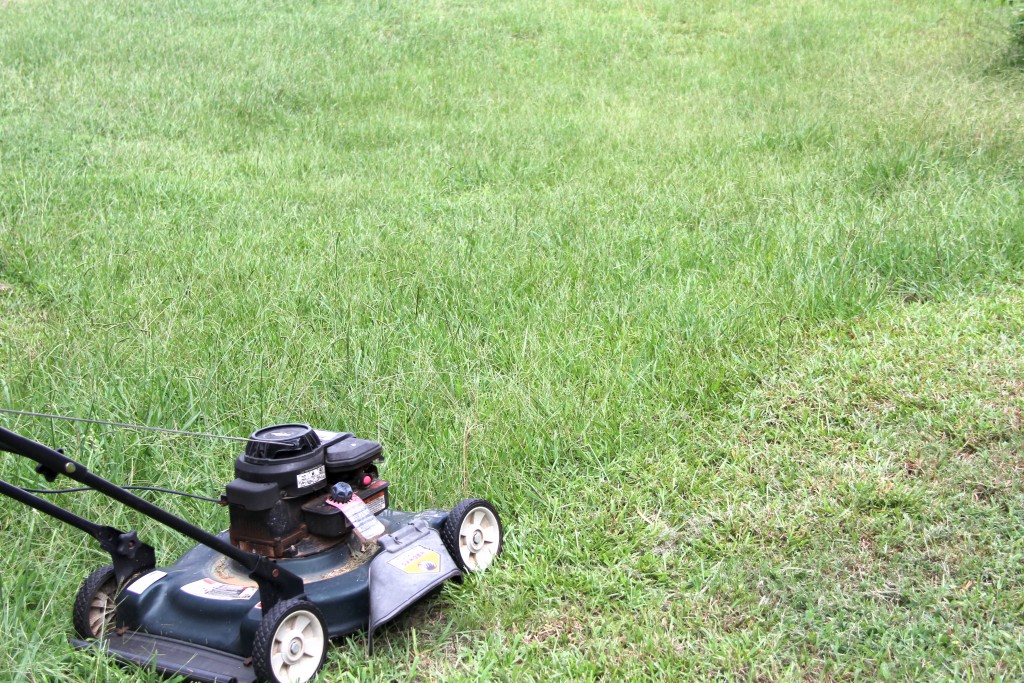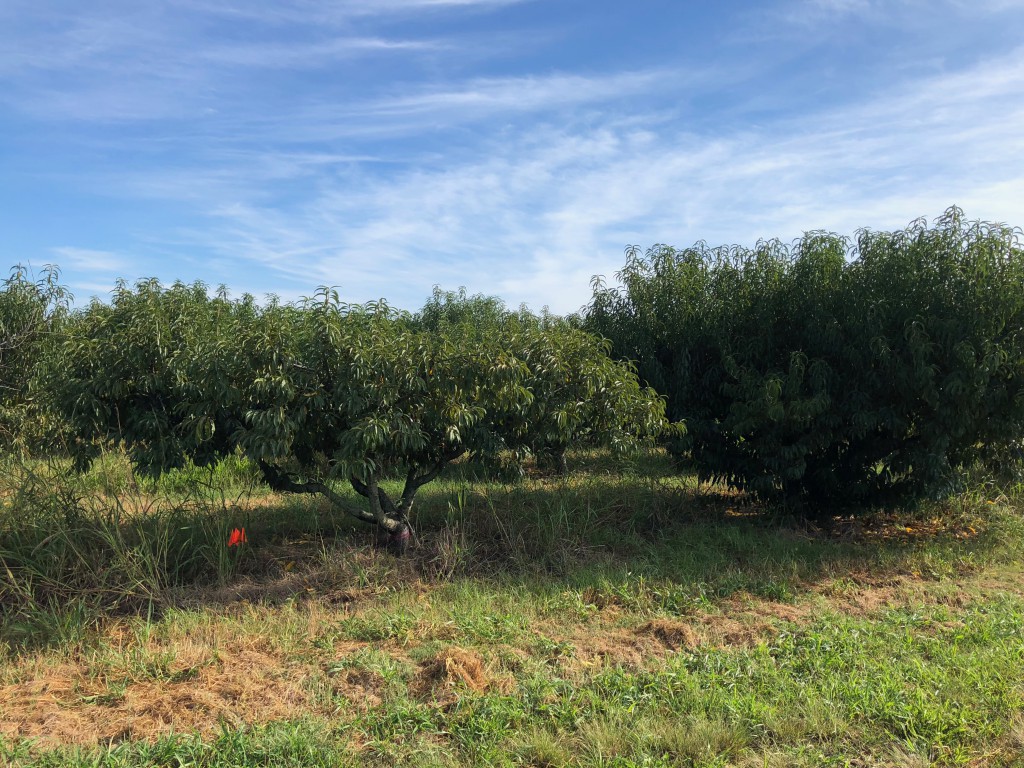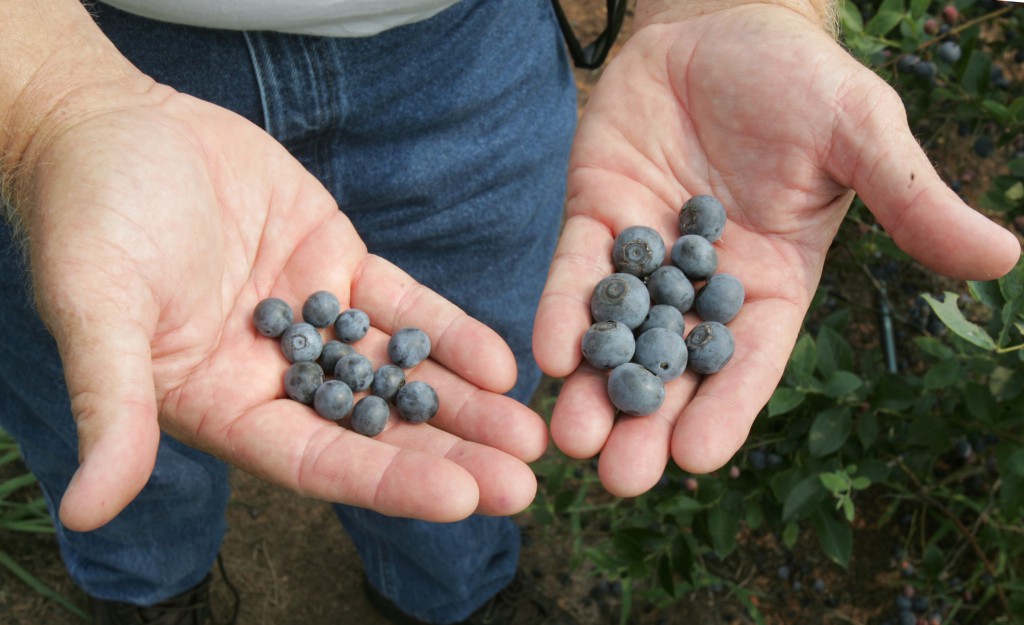disease
-

Written By: Emily Cabrera, UGA IPM Communications CoordinatorExpert Source: Andrew Sawyer, Southeast Georgia Area Pecan Agent This winter researchers will begin a series of trials to help identify better management practices for pecan growers in Georgia. New pecan trees will be planted at the University of Georgia Vidalia Onion and Vegetable Research Center in Toombs…
-

Written By: Emily Cabrera, UGA IPM Communications CoordinatorExpert Source: Clint Waltz, Extension Turfgrass Specialist With the heat of summer bearing down on us, University of Georgia Extension turfgrass specialists recommend homeowners ‘stick to the schedule’ for healthy lawn maintenance. College of Agricultural and Environmental Sciences Extension turfgrass specialist Clint Waltz says “Just stay on schedule,…
-

Written by: Emran Ali, Owen Hudson, Justin Hand, and Sumyya Waliullah Georgia ranks among the top three states in the nation in vegetable production. One of the most serious diseases in vegetable production in Georgia is Phytophthora blight, caused by the oomycete pathogen Phytophthora capsici. It is a water mold that attacks the roots, foliage,…
-

By Kendall Johnson and Phil Brannen Peaches are one of the most economically important fruit crops for the state of Georgia. Growers provide a large variety of high-quality fresh-market peaches for not only the Southeast, but for much of the U.S. Recently, growers have reported an increase in a disease called phony peach, and this…
-

Written By: Brooke Warres and Phil Brannen, University of Georgia Plant Pathology Department Due to a warm, humid climate that promotes multiple diseases, growing grapes in Georgia and the Southeast as a whole is a difficult task. Fortunately, with the right information, growers have been able to control harmful pathogens and expand the Georgia wine…
-

Interested in learning about integrated pest management options for blueberries? Need pesticide credits? Register for the Virtual Extension IPM Blueberry Field Day and join in next Tuesday, April 7th, 2020 from 10:00 am – 12:00 pm (EST). Register at: https://attendee.gotowebinar.com/register/1714103849236858380
-

Written By: Emily Cabrera, IPM Communications CoordinatorExpert Source: Bhabesh Dutta, Extension Plant Pathologist A particularly nasty fungus is making a comeback across vegetable fields in the South but research efforts by UGA specialists hope to give farmers the refined tools they need to stop it in its tracks. Alternaria Leaf Spot (ALS), also referred to…
-

Earlier this year we conducted a mid-summer lettuce trial using high tunnels covered with 30% shade cloth. Our results were encouraging. While some varieties were strong flavored and were bitter with a narrow harvest window (2-3 days), several varieties performed well enough under the shade-covered tunnels that they would have been commercially marketable for those…
-

Anthracnose fruit rot disease, caused by fungal Colletotrichum species, is one of the most significant disease problems of commercial strawberry production in Georgia and the Southeast as a whole. Dark, sunken lesions on fruit are the main disease symptoms. Hot, humid weather and significant rainfall make Colletotrichum-induced fruit rot a widespread problem in strawberry production.…